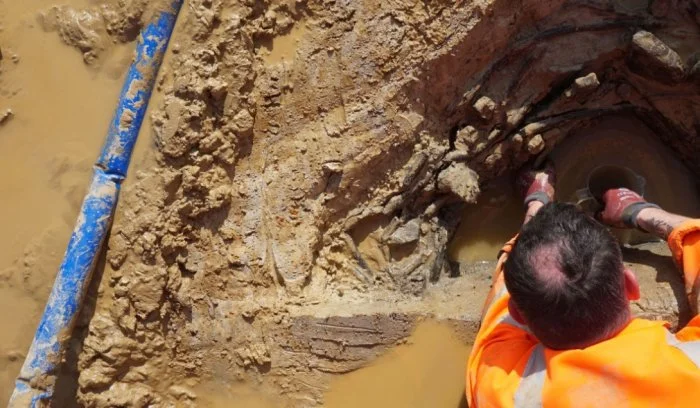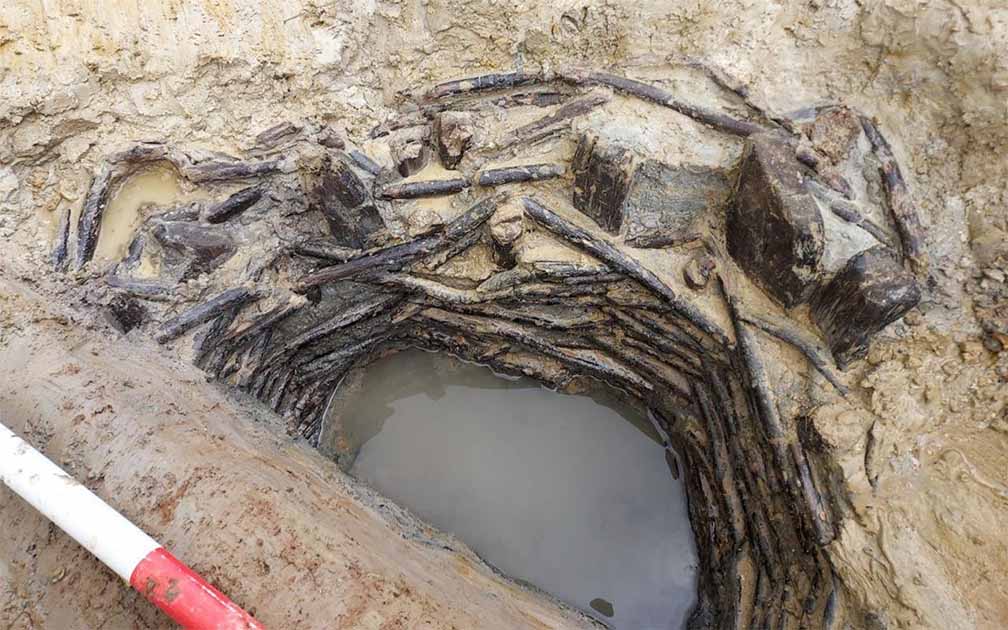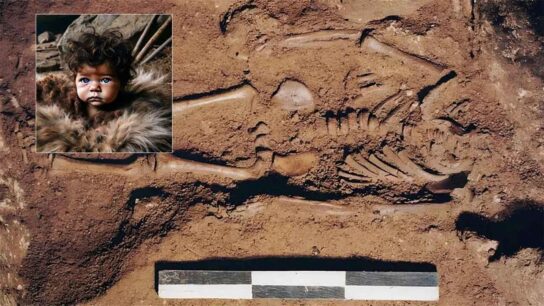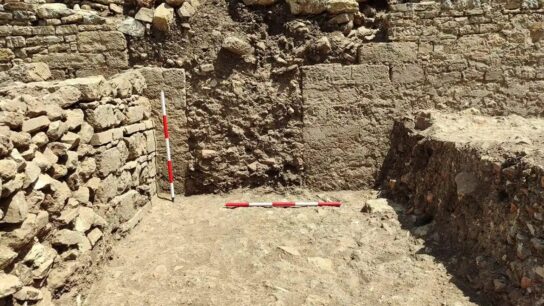Remarkable Ancient Wooden Structure Unearthed in Oxfordshire
A remarkably well-preserved wooden well believed to date back to the late Bronze Age, was uncovered during recent archaeological excavations at the site of Oxfordshire County Council’s project to build the south-westerly section of the Benson Relief Road.
This find holds immense historical value and promises to shed light on the ancient civilizations that once inhabited the region.

The discovery took place during an archaeological ‘strip, map and sample’ exercise, aimed to ensure that any archaeological findings were meticulously documented and preserved.
This exercise aimed to ensure that any archaeological findings were meticulously documented and preserved.
According to Councillor Judy Roberts, Oxfordshire County Council’s Cabinet Member for Infrastructure and Development Strategy, the well may have been employed for agricultural irrigation purposes, serving the settlements in close proximity.
Archaeological surveys of this nature are an important part of delivering construction schemes, and help identify and understand past residents of the area and record them for future generations.
The discovery of additional evidence pertaining to Bronze Age activity in the vicinity of Benson and extending as far as Wallingford has been previously documented.
When investigating what initially seemed like a standard pit for the site, the archaeological team made an intriguing discovery, explained John Boothroyd, Senior Project Manager at Oxford Archaeology.
As they began exposing the remains, they uncovered a preserved wooden post driven vertically into the ground. Further excavation revealed that these posts formed the uprights of a wattle structure that lined the edge of the pit.

It is important to stress that the preservation of wooden structures from this period is rare. These remains have survived for an extended period due to being buried in waterlogged ground.
This find provides valuable insights into the construction techniques and materials used during that era, offering a rare glimpse into the past.
The extremely challenging conditions did not make the archaeologists’ work easier, but the team was able to expose and fully record the well in the ground.
The specialist soil samples that were collected and documented will also help establish what the surrounding landscape would have been like and the intensity to which it was settled when the well was actively being used.
The timber structure underwent a comprehensive digital recording process before experts from Oxford Archaeology meticulously dismantled it by hand for removal.
A sample of the preserved wood has been sent for further specialized analysis.
This analysis will identify the specific type of wood utilized and determine if any evidence of the tools employed to cut and shape the timbers can be discerned.
No doubt, this thorough documentation and examination will provide valuable insights into the construction techniques and materials used in this historic structure.
Various other artifacts were discovered at the site, including pieces of struck flint, animal bones, and pottery vessels likely used for storage and waste disposal.
The wooden remains, along with the other recovered artifacts, will be stored by the Oxfordshire Museum Service. Furthermore, a comprehensive report detailing the findings and results of the excavation will be published.




